2015 Fantasy Baseball Week 7 Waiver Wire: 3 to Catch, 3 to Cut, 3 to Keep
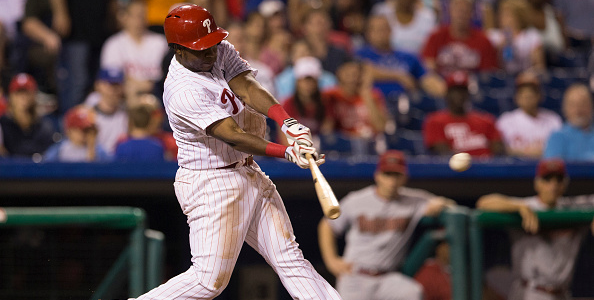
In the Week 7 edition of fantasy baseball 3×3, we’re giving adding A.J. Cole and Maikel Franco to the rotation, believe in Manny Machado’s breakout, and appreciating the supernova that is Jimmy Paredes.
There are plenty of waiver wire columns out there that provide an exhaustive list of the most added players in fantasy leagues. This isn’t one of them. Here, we’ll run down a few of the most interesting players for fantasy owners, with perspective on who deserves your attention, who deserves your patience, and who deserves to go straight to bed without dessert.
Any questions, thoughts? Hit me in the comments or on Twitter.
3 TO CATCH
Players to be picked up; available in most standard leagues
Maikel Franco | Philadelphia Phillies | 3B
On Sunday afternoon, Maikel Franco showed us why the Phillies called their most MLB-ready prospect up to the big leagues, tripling on a ball that’d likely be a homer in most parks in baseball, then hammering this moonshot wallscraper for his first career major league homer.
That’s why Franco is interesting from a fantasy perspective. The kid has huge power and hits in a ballpark that plays well for hitters with that skillset. ZiPS likes Franco enough to project him for as many homers as Alex Rodriguez, Pablo Sandoval, and Nolan Arenado over the rest of the season.
Franco struggled mightily with plate discipline in his short call-up last season and wasn’t able to unleash his power, so that bears watching. Early returns are excellent though, he’s posted two walks against four strikeouts in his first three games.
To pick him up, I’d drop: Luis Valbuena, Chase Headley, Brock Holt
A.J. Cole | Washington Nationals | SP
There are few words more terrifying for a pitcher than “flexor strain”. It’s a seemingly innocent injury that’s often a precursor to devastating, career-altering Tommy John surgery.
That’s what Doug Fister’s got.
So, yeah, the recently recalled A.J. Cole might be up in the rotation for a bit. He’ll at least get a couple of starts (though off days might complicate things a bit) while Fister is on the disabled list, but his stay in the rotation could be much longer.
He’s not the best pitching prospect the Nats have, but he’s almost certainly the most equipped to make an immediate contribution as a starter. As a minor leaguer, Cole has flashed an excellent combination of whiff-worthy stuff and pinpoint control; he’s never had a K-BB% below 11% at any level, per FanGraphs. Keith Law still had some questions about his breaking stuff entering this season, but I’ll bet on a guy who can wrangle his stuff into the strike zone with consistency.
ZiPS sure seems to agree, projecting Cole for for a 3.87 ERA and a K/9 better than 7.5. There’s strikeout upside beyond that, making him a worthy gamble in deeper mixed leagues.
To pick him up, I’d drop: Joe Kelly, Josh Collmenter, Jarred Cosart
Drew Hutchison | Toronto Blue Jays | SP
This season’s version of Drew Hutchison looks a lot like the guy who struck out just shy of a batter per inning last season, but not a whole lot like the guy who struggled to a 4.48 ERA, despite a 3.59 SIERA and 3.85 FIP.
He’s kept the strikeout stuff; his whiffs/swing and swing rate are right in the same neighborhood as last year’s numbers, according to Brooks Baseball, and his overall swinging strike rate remains in double digits. His Z-Contact rate has reached a career low, which might be the most encouraging development of all. Hitters aren’t chasing quite as often as they did last season, but Hutchison is compensating by missing more bats inside the strike zone.
He’s also limiting damage when hitters do make contact. Hutchison will likely never be an overwhelming groundballer, but he’s increased his groundball rate by nearly 20% from last season, per FanGraphs. He still gives up a decent amount of fly balls, but he’s increased his IFFB% to a career-best 16% and is giving up fewer hard-hit balls than ever before.
His .341 BABIP is already 40 points above his career average, but these changes in the contact he’s allowing may enable Hutchison to drop it even below .300 the rest of the way. If he can do that, he can at least reach Steamer’s projection of an 8.5 K/9 and 4.01 ERA the rest of the way; that’s a useful pitcher for strikeout-starved owners in deeper leagues. If he gets some home run luck, his ceiling is even higher.
To pick him up, I’d drop: Chris Young, Tim Lincecum, Archie Bradley
3 TO CUT
Players to be traded or dropped, depending on the depth of your league
Jimmy Paredes | Baltimore Orioles | 3B/OF
Jimmy Paredes isn’t an easy guy to ignore. At 6’3” and 200 pounds, he certainly looks the part. He has the body and athleticism to play just about any position, but can’t seem to play any of them well. He’s as undisciplined as they come at the plate, but when he does stuff like this, that doesn’t feel like a big problem.
He’s been great this season, but respectfully, if he was really this good, somebody would have figured it out by now.
Everything about his approach is loud. He hacks, he runs, he hits bombs. Paredes plays like he knows that he has a limited window opportunity and wants to wield as much control over his own destiny as possible. Among hitters with at least 100 plate appearances this season, only Avisail Garcia has swung more often, per FanGraphs. Nobody swings at more pitches outside the strike zone, and nobody has missed more often.
It’s not that an uber-aggressive approach can’t work, it’s just that such a high-risk approach can only work when the player executing it is supremely talented. And Paredes, for all his success this season, wasn’t considered to earn even 200 major league at bats in each of the last four big league seasons, most of which occurred on the Quad-A Astros.
Maybe this is a breakout, but I’d expect a breakout of this magnitude to be accompanied by some kind of change in approach, much like what we saw from Paredes’ teammate Steve Pearce last season. The only adjustment I can see from Paredes is that he’s ratcheted his aggressiveness up from hyperspeed to plaid, but I can’t imagine that not swinging enough could have been his problem in the first place.
I’d trade/drop him for: Alex Guerrero, Curtis Granderson, Steve Pearce
Mike Moustakas | Kansas City Royals | 3B
Mike Moustakas certainly hasn’t been the player we thought he’d be this season, but even starting from the rosiest expectations, he hasn’t been the player he was supposed to be either. Back in 2011, here’s what Baseball America thought of him:
“He started laying off pitches that he couldn’t do much damage to, leading to more favorable counts and more opportunities to unleash his plus-plus power. With his excellent bat speed, he can drive the ball out of the park to any field.”
I know five seasons is a long time and players change and develop as they age, but given that Moustakas was consistently ranked at or near the top of what was almost unanimously known as the best farm system in baseball, I think it’s fair to say that most people think of him as what he was expected to be: a dominant power hitter.
He’s not been anything close to that this season. His .319/.378/.475 line is impressive, but it’s rooted in a sky-high .333 BABIP, something he was never able to maintain, even as a minor leaguer. Lower BABIPs just came with the territory for a fly ball hitter, another thing Moustakas isn’t this season. His groundball rate is over 40% for the first time in his career; his fly ball rate is below 40% for the first time. And it seems to be by design.
Overall, he’s swinging at roughly the same frequency as he has throughout his career, but he’s swinging at different pitches this season.
Moustakas has essentially laid off pitches up in the strike zone, the kind of pitches that tend to end up in the air. It’s not a terrible thing, as he was vulnerable to swing and miss at pitches up in the zone, but those are also some of his most productive power zones.
It makes sense then that he’s making more contact, hitting more grounders, and hitting for less power. And it’d be fine if he were getting more bang of his buck on fewer fly balls, but he still struggles to square the ball up on those big hacks. Moustakas is once again among the league leaders in pop-up rate.
His outlook comes down to whether you think a hitter can not only change his character mid-career, but also flourish with an approach that minimizes his greatest skill. I do think he has the ability make enough contact to hit for an average around .275, but we haven’t seen anything to indicate that he can do that while hitting for power.
This isn’t a breakout, it’s a recalibration. Deal him before BABIP regression comes calling.
I’d trade/drop him for: Josh Harrison, Alex Rodriguez, Alex Guerrero
James Paxton | Seattle Mariners | SP
I really wish James Paxton was as good as I wanted him to be. His curveball, in particular, which remains among the most aesthetically pleasing pitches in the game, just hasn’t been quite as dominant this season. His whiff/swing rate has gone from overwhelming (45% in 2014) to just great (34% in 2015).
Big looping curveballs like Paxton’s are gorgeous to look at, but they can also be slightly easier to pick up than tighter, later breaking balls. By the looks of it, big league hitters are starting to get a read on Paxton; they’re learning to spit on his curveball when it dips outside the strike zone. Heading into Sunday’s start, his overall chase rate was the worst among qualified starters, per FanGraphs. His entire arsenal is getting progressively less enticing when it’s not in the strike zone.
Despite this, Paxton’s overall numbers are fine. He’s been a bit unlucky with higher BABIP and HR/FB rates with men on base, but his walk rate has also been higher in those situations. He’s still getting tons of ground balls and striking hitters out at about an average rate. You can wait this out and hope that he eventually gets a better feel for his signature breaker, but now might actually be a pretty good time to package Paxton into a deal. His reputation as a fantasy ace outstrips anything he’s actually produced as a major leaguer. Though his luck is likely to turn over the rest of this season, I’m not sure he’s ever going to put up big strikeout numbers until he proves that he can adjust to the adjustments the league has made to him.
I’d trade/drop him for: Carlos Martinez, Matt Shoemaker, Clay Buchholz
3 TO KEEP
Players to hold or trade for; owned in most standard leagues
Manny Machado | Baltimore Orioles | 3B
FanGraphs Depth Charts projects Manny Machado for a .278/.323/.448 line with 16 homers and seven steals over the remainder of the season. That’d be perfectly acceptable based on where he was drafted, but I think those projections are underselling the leap that he’s made this season. He’s become a much more patient hitter. That change has unlocked massive power.
Prior to this season, Machado had never had a chase rate below 33.2%, never had a swing rate below 48.5%, and never had a contact rate better than 82.0%. This season, those numbers are 19.6%, 40.5%, and 84.7%, respectively. He’s never been this patient and never been this proficient at making contact.
And when he does make contact, Machado has never inflicted more pain on opposing pitchers. His average fly ball distance is 292 feet, per Baseball Heat Maps, which puts him in the company of multitalented sluggers like Hanley Ramirez, Adam Jones, and Andrew McCutchen. His .205 ISO is a distant career best and despite a .296 BABIP that sits about 20 points below his career average, his .276 batting average sits just a few points below his career average. His 16.7% HR/FB rate is a career high and given that his batted ball distance has increased by nine feet over the level that supported a 15.0% HR/FB rate last season, it seems perfectly sustainable.
If Machado kept up his current pace over a 600-PA season, he’d finish with 24 homers and 20 steals, both well beyond his projections. That’s probably a bit optimistic, but as his athleticism comes back and his plate discipline adaptations sink in, a 20/10 season with an average around .285 feels well within reach.
I wouldn’t trade/drop him for: Kyle Seager, Xander Bogaerts, Ryan Zimmerman
Carlos Correa | Houston Astros | SS
Over the last two weeks (roughly the time since Jed Lowrie went on the DL) Astros shortstops have been among the worst in baseball, hitting a robust .204/.235/.286 as a group. In fact, the whole left side of the Houston infield has been abysmal; Astros third basemen have been only a tick above replacement level this season.
Pining for the injury prone Jed Lowrie doesn’t seem like a sound strategy, which is why Chris Mitchell wrote this excellent piece at FanGraphs a couple of days ago, ringing glad tidings about Carlos Correa’s promotion to Triple-A.
I encourage you to head over to FanGraphs and read the whole article, but the gist is this: Houston’s uber-prospect is rapidly approaching a day at which he can no longer learn anything from the minor leagues. And when that day comes, he’ll be ready to do some damage right out of the chute.
When he does get promoted, Correa should get AP credits for his approach at the plate; since a slight stumble in his first taste of professional ball, his walk rate has never dipped below 11% and his strikeout rate has never risen above 20%. Oh, and he’s hit for power and run with efficiency at every level.
There aren’t many prospects who are worth a spot on a mixed league bench when they’ve barely played a week above Double-A, but Correa is one of them. If you’ve been lucky enough to pick him up, don’t let go.
I wouldn’t trade/drop him for: Yunel Escobar, Asdrubal Cabrera, Odubel Herrera
Troy Tulowitzki | Colorado Rockies | SS
It makes all the sense in the world for the Colorado Rockies to trade Troy Tulowitzki, but that doesn’t mean you should do it too. If the Colorado Rockies jumped off a bridge, would you do it too?
Tulo is hurt, but that’s what Tulo does. He gets hurt. You knew this when you drafted him. You drafted him because 140 games of Tulo, plus two weeks of whatever’s on special at the Waiver Wire Deli is still better than 162 games of just about anybody else at his position.
I know it’s frustrating that he’s only hit two home runs, and I know it’s profoundly weird that he’s hacking like Jimmy Paredes and has walked only twice in 32 games, but the sky is not falling. According to FanGraphs, Tulo is elevating the ball more often than he ever has and hitting it harder than he ever has; his 43.8% hard-hit rate ranks sixth in baseball. He hasn’t forgotten how to hit.
A trade out of Colorado would certainly be a shock to his fantasy value, but it’s far too early to make moves based on that. Franchise cornerstones don’t get moved on a whim; there’ll be plenty more smoke before there’s any fire on the Tulo trade front, which should give his fantasy owners time to explore their own trade options. Until that happens, stay the course.
I wouldn’t trade/drop him for: Hanley Ramirez, Ian Desmond, Jose Reyes


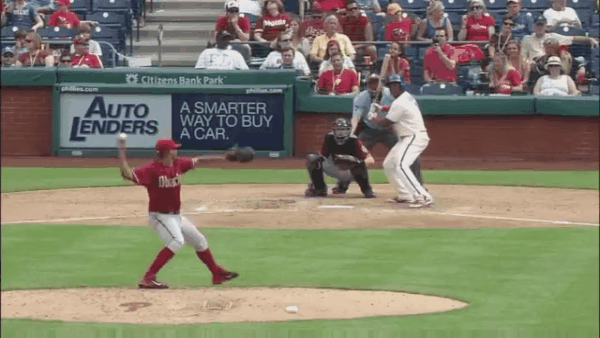
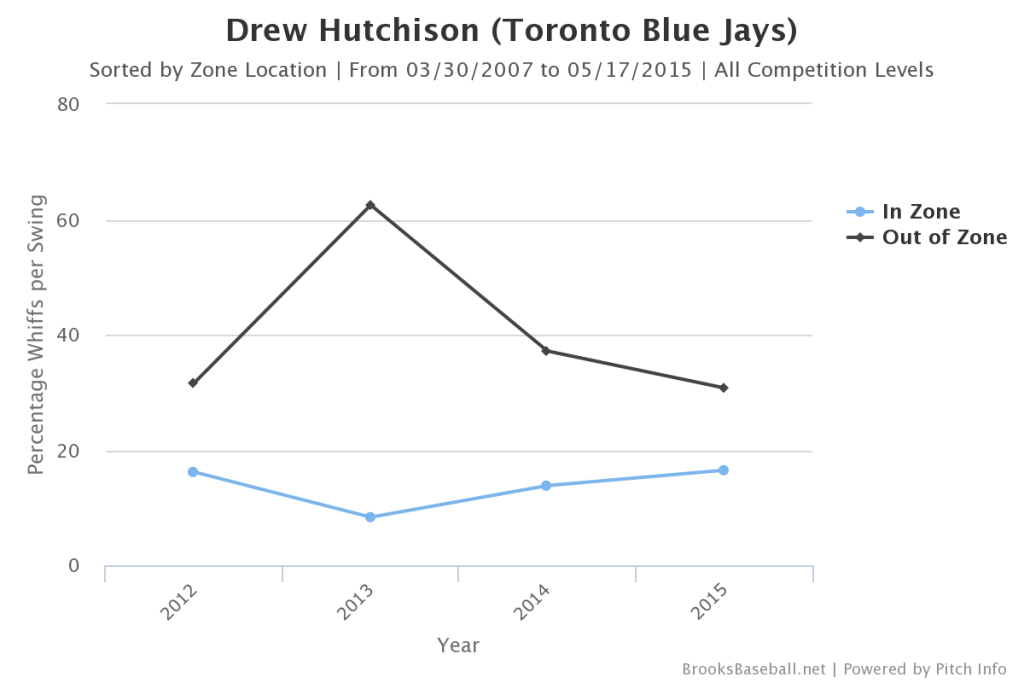
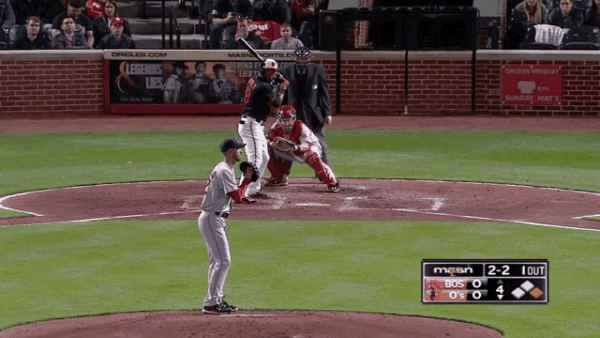
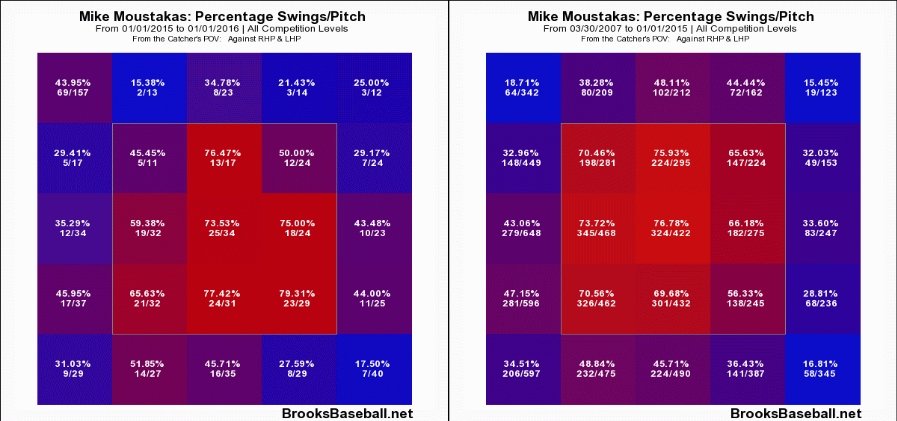
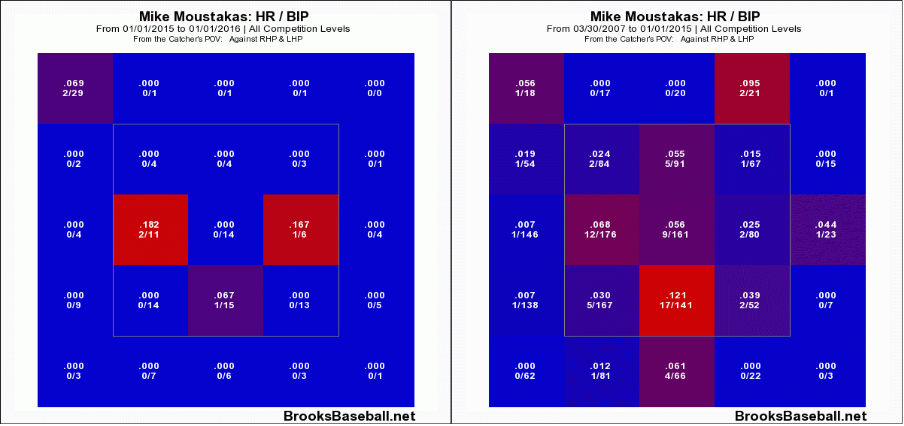
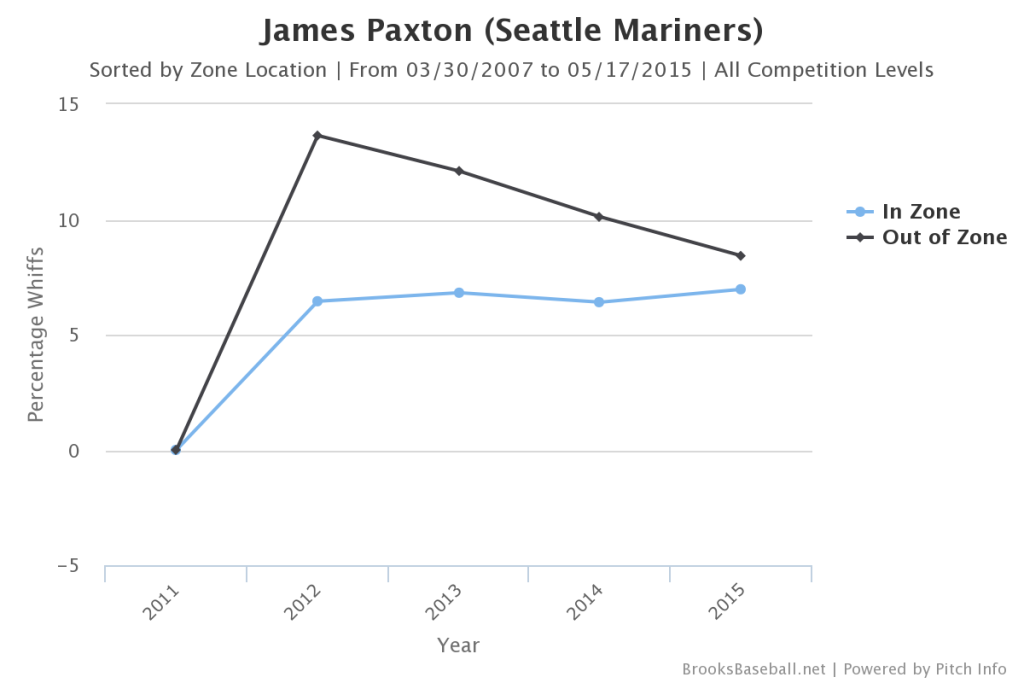
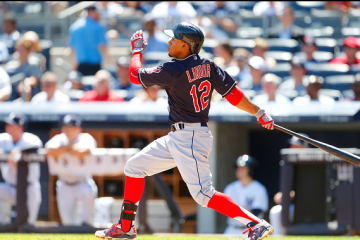
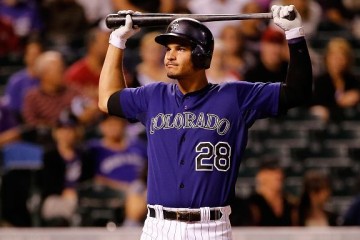
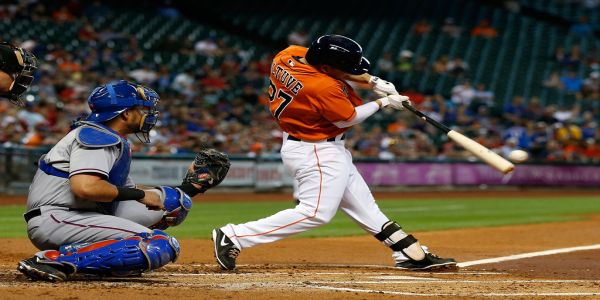
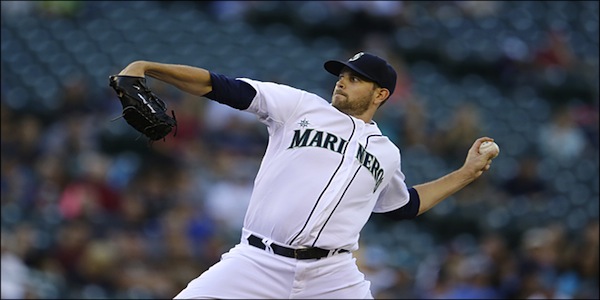
11 Comments
Wouldnt Tanner Roark be a better option to take Fister’s spot?
Kinda yeah, but everything I’ve read says it’s going to be Cole. Roark has settled in well and I guess they don’t want to stretch him out for what the team is hopeful will only be a couple of starts.
Alcides Escobar is manning SS for me in a non-keeper points league, with Chris Owings riding pine. Should I drop Owings for Correa?
Yeah, I would. If Owings isn’t playing, you can get a lot more upside from that bench spot with Correa.
Great info here! Similar to Correa, it looks like Rusney Castillo will be getting the call soon. I know there is tremendous upside to Castillo, but do you think he is worth adding over other OFs available in my league such as J. Reddick, L. Cain, and D. Span? Please advise.
I’m no Gerard, but I like them in the following order: Reddick, Castillo, Cain, Span — from the point when he gets the call.
Yeah, it’s a close call… I ended up going with Castillo since I see Boston as a whole producing more runs than Oakland in the long term. 🙂 thanks for the advice!
For the record, I’d agree with Alan
Would you trade Carlos Santana for mikael Franco?
No, I would not.
Certainly not.